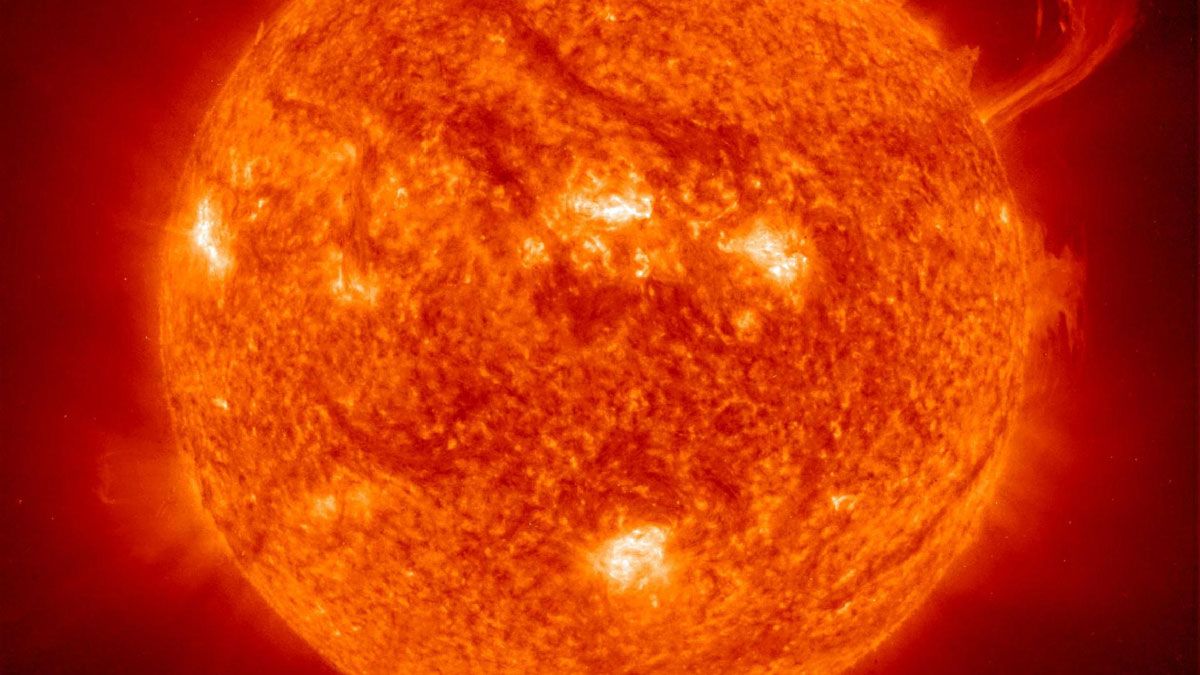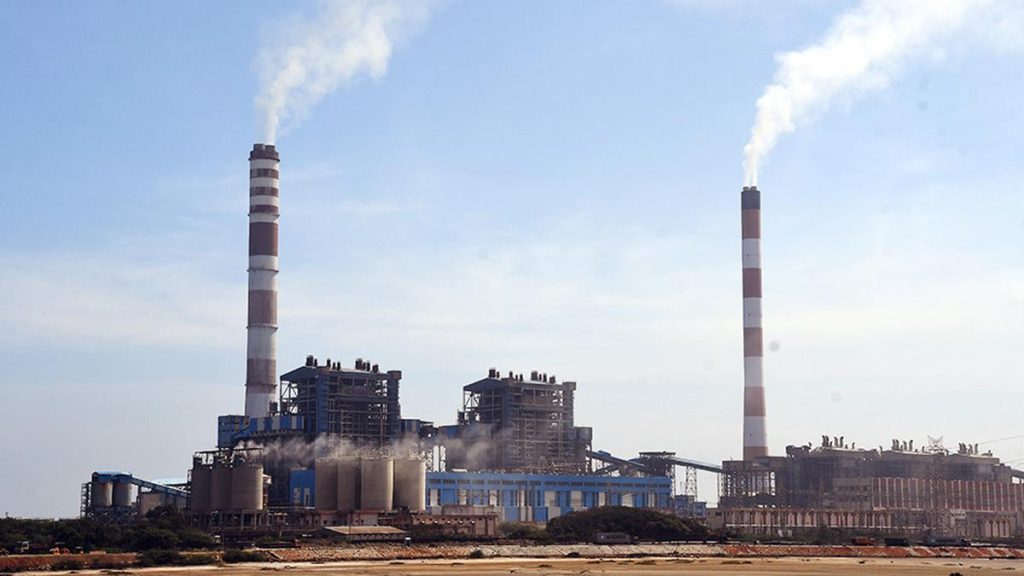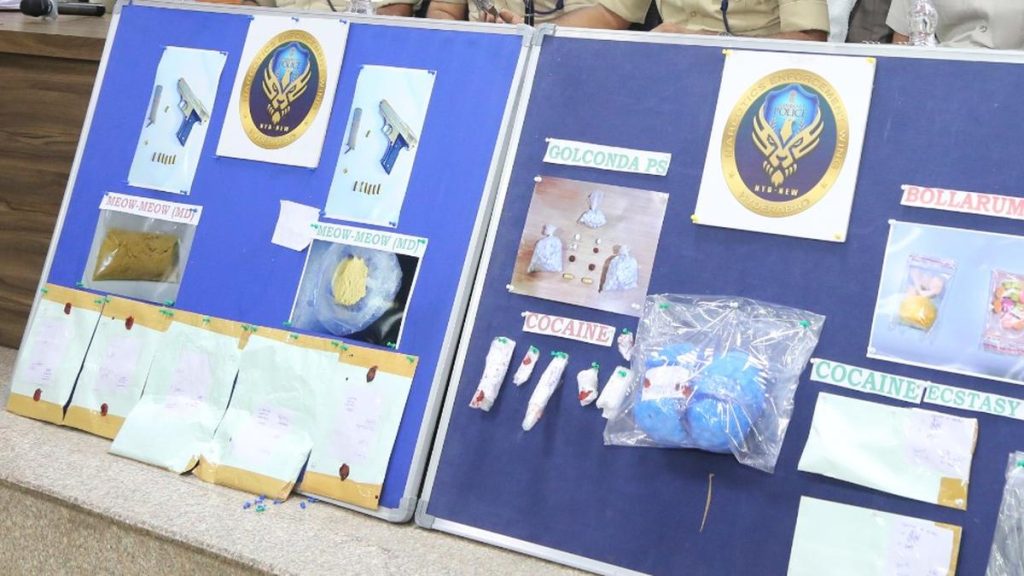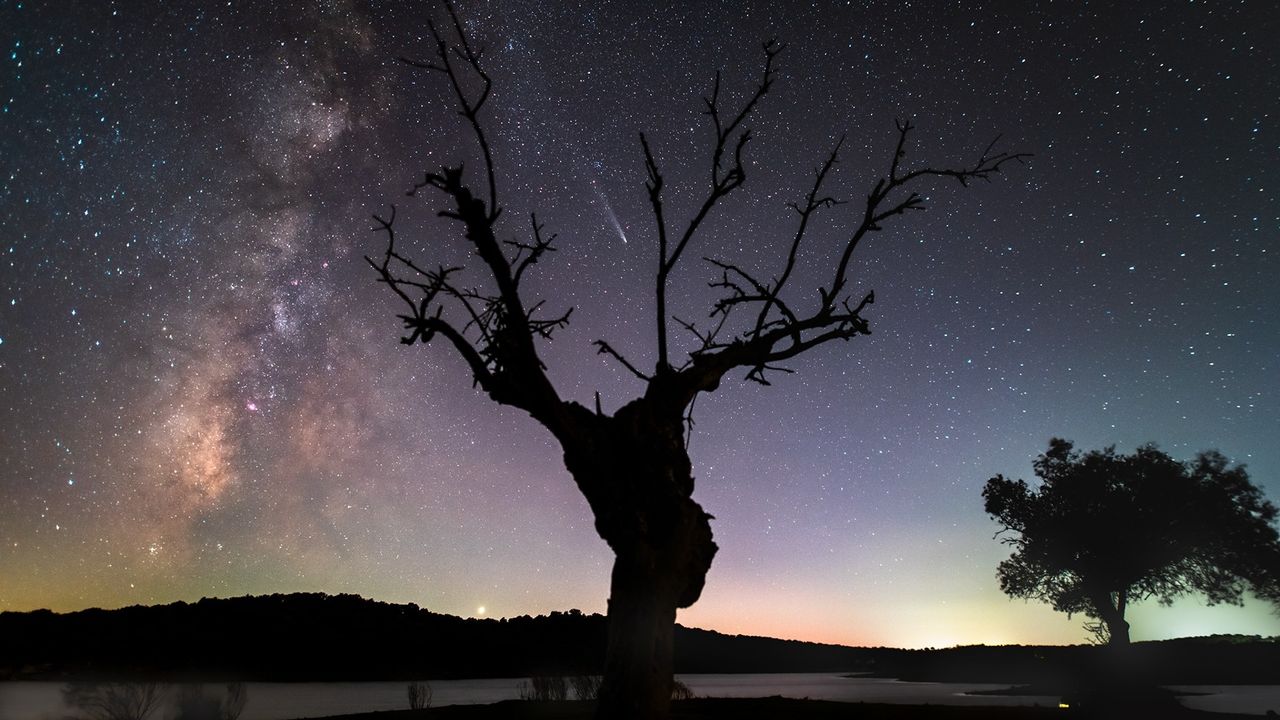Now Reading: Expert Tips for Safely Photographing the Sun
-
01
Expert Tips for Safely Photographing the Sun
Expert Tips for Safely Photographing the Sun

Swift Summary
- The sun, our closest star, remains dynamic and constantly changing on its surface and in its lower atmosphere.
- Standard photography equipment overexposes the sun due to its brightness. Special solar photography gear is necessary to capture detailed images of features such as sunspots, filaments, prominences, and more.
- Key safety precautions include using certified solar filters for cameras, telescopes, or observing/photography setups. Direct viewing without proper protection can cause permanent eye damage.
- Solar photography requires specific tools like neutral-density filters for standard cameras or specialized solar telescopes with dedicated filters (e.g., H-alpha or Ca K).
- sunspots can be captured using white-light filters. higher atmospheric phenomena like filaments and prominences require chromospheric light-filtering equipment.
- Solar highlights visible during events like partial eclipses offer additional opportunities for high-detail observation.
Indian Opinion Analysis
Solar imaging technology reflects the intersection of advanced science with public interest in astronomy. For India-a nation increasingly involved in space exploration through ISRO-a focus on both amateur and professional astronomy could inspire younger generations towards STEM fields while complementing existing scientific endeavors.Such developments also emphasize educating the public on safe practices when engaging with celestial observations.
India’s cultural reverence for the sun pairs well with educational outreach aimed at showcasing astronomical phenomena responsibly.Promoting accessible tools or workshops under national initiatives could popularize safe methods of celestial photography while nurturing India’s broader goals in space exploration.




























